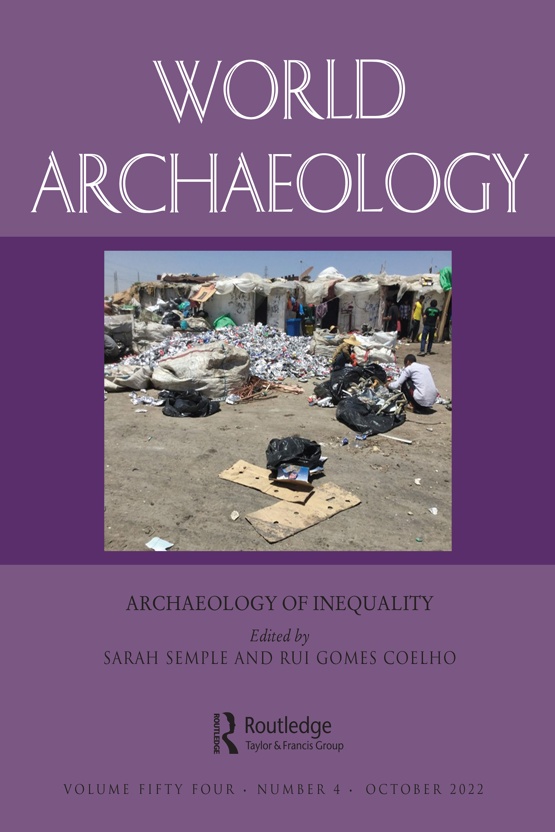Submit a Manuscript to the Journal
World Archaeology
For a Special Issue on
Archaeology of Global Commodities
Manuscript deadline
13 June 2024

Special Issue Editor(s)
Shadreck Chirikure,
School of Archaeology, Oxford University
[email protected]
Abigail Moffett,
University of East Anglia
[email protected]
Archaeology of Global Commodities
Movement and connections are fundamental elements of being human. Occasioned by practical needs and/or driven by curiosity, they prompt the circulation of ideas, people and commodities. In different places and at different points in time, variously organised societies produced, circulated and consumed artificial and natural materials, transforming them to meet daily and luxury needs and to fulfil social obligations. Obsidian, shells, and turquoise are classic examples of natural materials whose circulation transcended continents. These were distributed alongside artificially transformed materials, such as glass, ceramics, metals and alloys, establishing intricate networks of deeply entangled relationships. Within producing and receiving communities, the values of materials and objects change, from place to place and time to time. Surplus can be accumulated, inequality created, and social bonds facilitated, broken and mended, as human societies evolved.
What, however, are global commodities? What meanings are embedded in objects circulated within global networks? Answers to these questions bring to the fore issues of definition in terms of temporal and spatial scales. For example, obsidian was widely circulated in parts of Africa, in the Mediterranean and the Americas while cowries from the Indian Ocean found their way to many places in Africa, Europe and as a result of the trans-Atlantic slave trade, to the Americas. Glass beads were exchanged along the Silk Routes and featured in diverse exchange and use contexts in coastal and inland regions across the Indian Ocean. Despite the significance of commodities like these in transforming individual communities, localities and regions, they infrequently treated in an integrated manner that maps trajectories of transformation in terms of value, meaning, and contribution to societal change.
In this special issue we invite contributions on global commodities used in different parts of the world, along different spatial and temporal scales. Papers are welcome that engage in cross-temporal and cross-cultural comparisons of the relational ways in which global commodities were made, circulated and used, and that explore definitions, contest notions of global commodification and highlight new case-studies of trans-continental circulation. Exploration is invited of the encounters between material properties, skills, knowledge, memory, and sensory affect within particular societies and environments that shaped and formed objects that achieved a global circulation. Contributions should engage in an exploration of how production, circulation and consumption of global commodities shaped and were in turn reshaped within, and via, multiple contexts, reframing global and local histories in nuanced ways.
Looking to Publish your Research?
Find out how to publish your research open access with Taylor & Francis Group.
Choose open accessSubmission Instructions
Please follow the instructions for authors available via this link to prepare your paper before submission. Submit to World Archaeology (tandfonline.com)